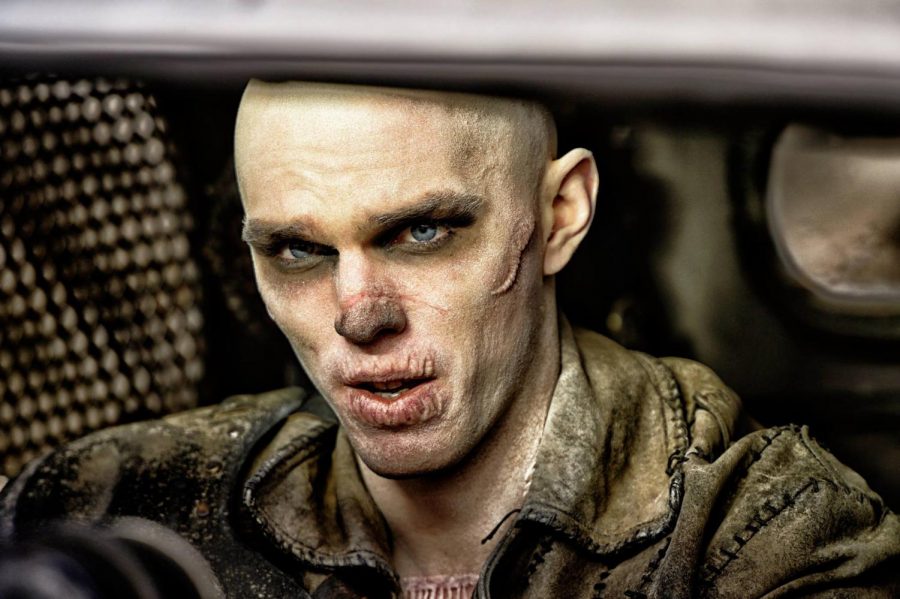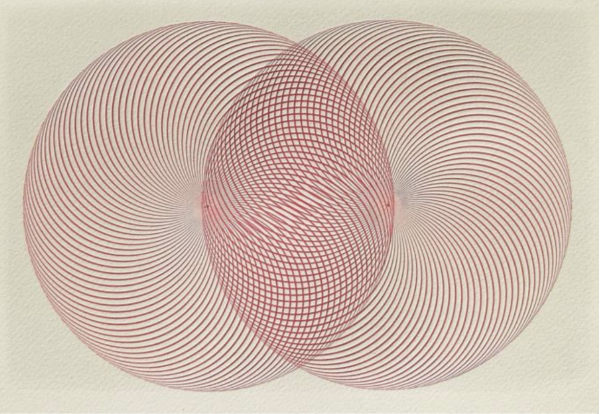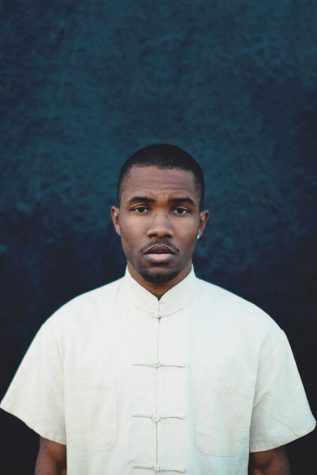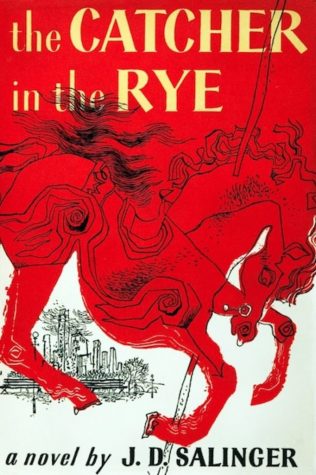“Mad Max” Holds Up
Before delivering one of the most visually striking films of the 21st century with “Mad Max: Fury Road,” the “Mad Max” franchise began over 40 years ago with a low-budget dystopian action thriller. “Mad Max” is a much quieter, more meditative film than its successors, and while the director and co-writer George Miller’s storytelling prowess would be more fully displayed in “The Road Warrior” and “Fury Road,” the original is still an engaging film well worth watching, thanks to its pulse-pounding set pieces and a powerful performance from a pre-stardom (and pre-controversy) Mel Gibson.
“Mad Max” takes place in a dystopian future Australia, though one that isn’t as far gone as the post-apocalyptic landscapes seen in the later films. Gibson’s title character, Max Rockatansky, is a cop on the Main Force Patrol, a police force trying to protect Australian highways from roving gangs of bandits. Max and fellow officers, including partner Goose (Steve Bisley), get involved in an increasingly violent feud with one gang led by Toecutter (Hugh Keays-Byrne) until tragedy repeatedly strikes, forcing Max to hunt the gang members down on his own.
While the later films all heavily feature themes of survival and what it takes to achieve that, the original is much more of a standard vigilante story. Max and Goose fume as the very laws they are trying to protect prevent them from taking down Toecutter and ensuring the public’s safety. Max also worries about the effects the brutal job is having on his soul. Gibson does some of his best work in Max’s quieter moments of self-reflection, bringing a level of vulnerability to the part that, by necessity, he could only rarely show in “The Road Warrior” and “Beyond Thunderdome.” This moral self-doubt is also what ties the first film thematically to its sequels. The proceeding films find Max repeatedly wracked with guilt and unsure if he’s even human anymore, and here we see him lose his humanity for the first time as the escalating tragedies he faces force him to give in to his darker instincts in order to defeat Toecutter. Overall, “Mad Max” doesn’t have the same razor-sharp focus as the second or fourth films, but its central character arc is executed quite well.
The film was able to spawn a franchise in the first place because of how disproportionately successful it was in comparison to its minuscule budget. “Mad Max” cost somewhere between $350,000 and $400,000 but grossed around $100 million. However, the lower budget means the film is not quite as visually striking as its successors, especially in regard to the scenery.
The desperate world isn’t brought to life as vibrantly here, with Miller and company clearly stretching to make remote but relatively normal-looking Australian locales seem otherworldly. Fortunately, the budgetary limitations don’t have as much of an effect on the action. While the choreography of the vehicular chases and battles is understandably not as complex as that found in the later films (especially not “Fury Road,” which features some of the most stunning practical stunt work ever filmed) Miller’s camera still holds back in such a way that gives a very nice sense of speed to the cars and motorcycles.
The scenes of the Toecutter gang wreaking havoc are especially impressive thanks to editors Tony Paterson and Cliff Hayes, who rapidly cut between the perpetrators, victims and other symbolic objects, generating powerful contrast in a way that recalls Soviet montage filmmaking.
It’s less refined than its successors, but “Mad Max” is still a very enjoyable film. It’s a huge influence on the action and science-fiction genres that is both entertaining and occasionally striking in its artistry.













































































































































































































